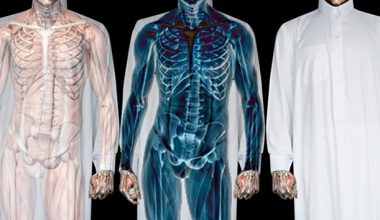
Many suffer from hyperlipidemia; high cholesterol levels in blood. However, not all cholesterol is bad; in fact there are two major types; the so called ‘bad’ cholesterol or LDL and the ‘good’ cholesterol or HDL.
High levels of LDL cholesterol are considered a major risk factor for heart disease and stroke. LDL irritates the lining of blood vessels while circulating, ending in blood vessels hardening, deposition of cholesterol in these blood vessels and blockage.
High cholesterol is usually treated based on total cholesterol, LDL, and HDL levels in addition to the presence of risk factors for cardiovascular disease:
– Diabetes
– Smoking
– High blood pressure
– Personal or family history of cardiovascular disease
There many ways to lower LDL and increase HDL, in this article I want to focus on food that does that and here are the top four foods that lower your cholesterol.
Oatmeal
It contains soluble fibers, which lowers LDL by reducing the absorption of cholesterol in the intestine. Ten grams of soluble fiber a day decrease the total cholesterol as well as LDL. Soluble fibers are also found in kidney beans, apples, and pears.
Walnuts and Almonds
They are rich in polyunsaturated fatty acids, both are known to lower cholesterol and LDL and keep blood vessels healthy and elastic. Putting a diet plan with around 20% of calories from walnuts and almonds may reduce LDL by around 12%.
Fish
Fatty fish (tuna, salmon) are high in omega-3 fatty acids. Omega-3 not only reduces cholesterol andLDL, but also reduces blood pressure and the risk of blood clots. It is recommended to eat two servings of fish a week. If you don’t like fish, you can get omega-3 fatty acids from flaxseed and canola oil.
Olive oil
It contains antioxidants that can lower LDL. However, not all olive oils are good. Chose extra-virgin olive oil, for this is less processed and contains more antioxidants than the light olive oils. The daily recommended amount is 23 grams.
Start making some changes in your diet to lower your cholesterol level. Cut all saturated and Trans fats, saturated fats are found in meat, Trans fat are found in cookies, and cakes and these are dangerous because they increase your LDL and decrease HDL.
If you cannot cut these bad sources of fat completely, take them in moderation (10%) of your diet.
Start taking more of the good sources of fat mentioned above. It will take a while to reach your goal into shifting to healthy diet, but it’s not impossible. The beauty is that you are using food, not medications, to treat a dangerous disease.
Our relationship with cholesterol is as complex and contradictory as our relationship with every other form of fat; we need it, but too much of the wrong kind can do us harm.
– Dr.Yasmin Abdulghafour







